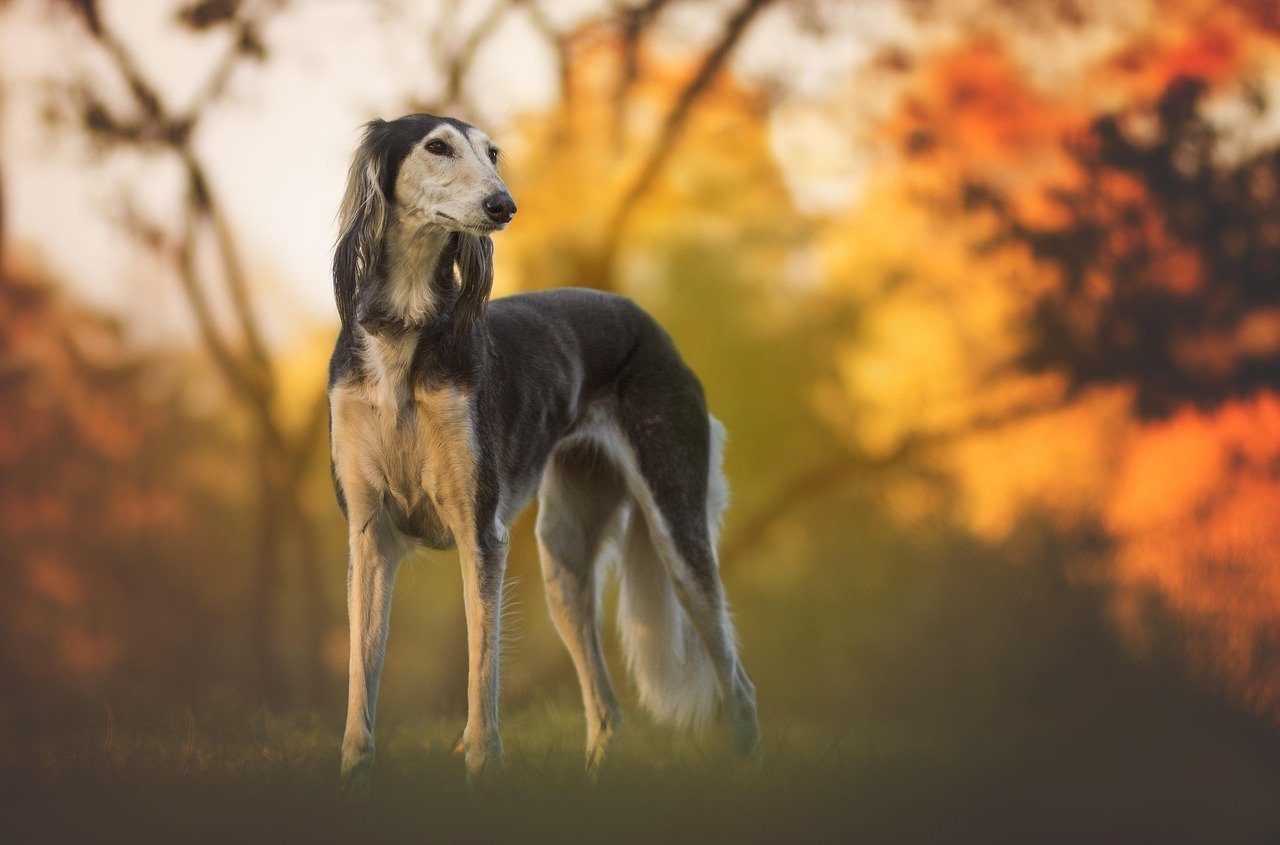Have you ever looked into a dog’s eyes and realized they’re plotting their own adventure—completely unconcerned with your plans? Some dogs seem to have a mind of their own, and it’s both infuriating and oddly admirable. These fiercely independent breeds aren’t always the snuggly, eager-to-please companions we imagine. Instead, they remind us that a dog’s loyalty is sometimes earned, not simply given. But here’s a secret: even the most strong-willed four-legged friends can become your closest allies, if you know how to speak their language. Let’s dive into the fascinating world of independent dog breeds, and discover how to win their hearts—one stubborn paw at a time.
Basenji: The Silent Thinker
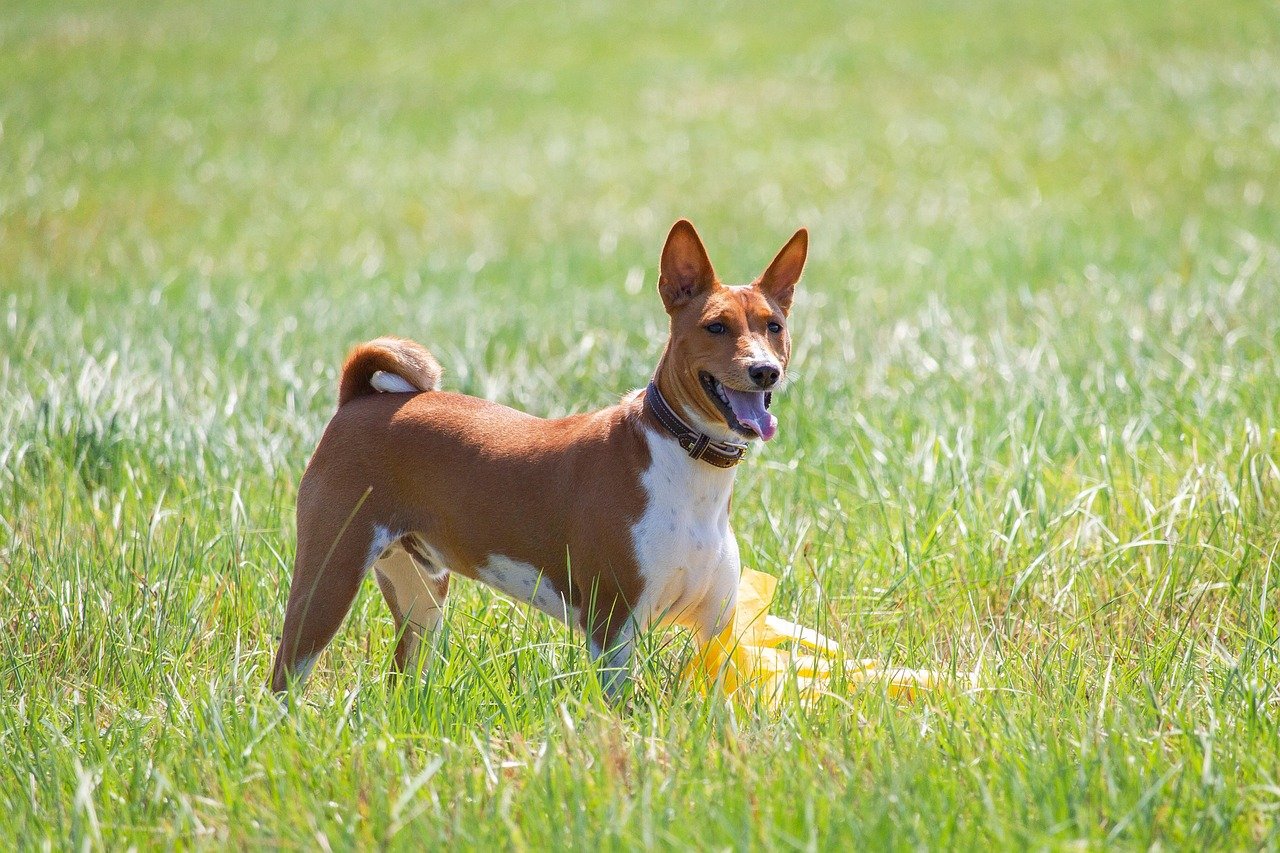
Not all dogs are natural-born cuddlers or eager-to-please companions. Some breeds march to the beat of their own drum, preferring personal space and autonomy over constant attention. While their independence can be part of their charm, it can also make building a close bond more of a slow-burn than a spark. Understanding these self-reliant breeds is key to forming a trusting, respectful relationship that works for both of you.
The Basenji is often called the “barkless dog,” but don’t mistake their quietness for passivity. Originally bred in Africa for hunting, Basenjis are quick-witted, agile, and fiercely independent. They have a reputation for being cat-like, cleaning themselves and ignoring commands when it suits them. Training a Basenji requires creativity and patience; they respond best to games and challenges rather than repetitive drills. To bond with a Basenji, mix up your routine, provide puzzle toys, and let them explore safely. Remember, respect their intelligence—they’ll notice if you underestimate them. Building trust is essential, so reward their curiosity and celebrate their unique quirks.
Afghan Hound: The Aloof Aristocrat
With their flowing coats and regal demeanor, Afghan Hounds seem almost untouchable. This breed was originally developed to chase game across harsh terrains, making them both athletic and independent thinkers. They can appear distant and even stubborn, choosing when to acknowledge your commands. To connect with an Afghan Hound, offer gentle encouragement and plenty of positive reinforcement. Avoid harsh discipline—it will only push them further away. Engage them in regular exercise, such as running or agility courses, and allow them time to decompress on their own terms. Patience and gentle affection go a long way with this elegant breed.
Shiba Inu: The Fox-Like Rebel
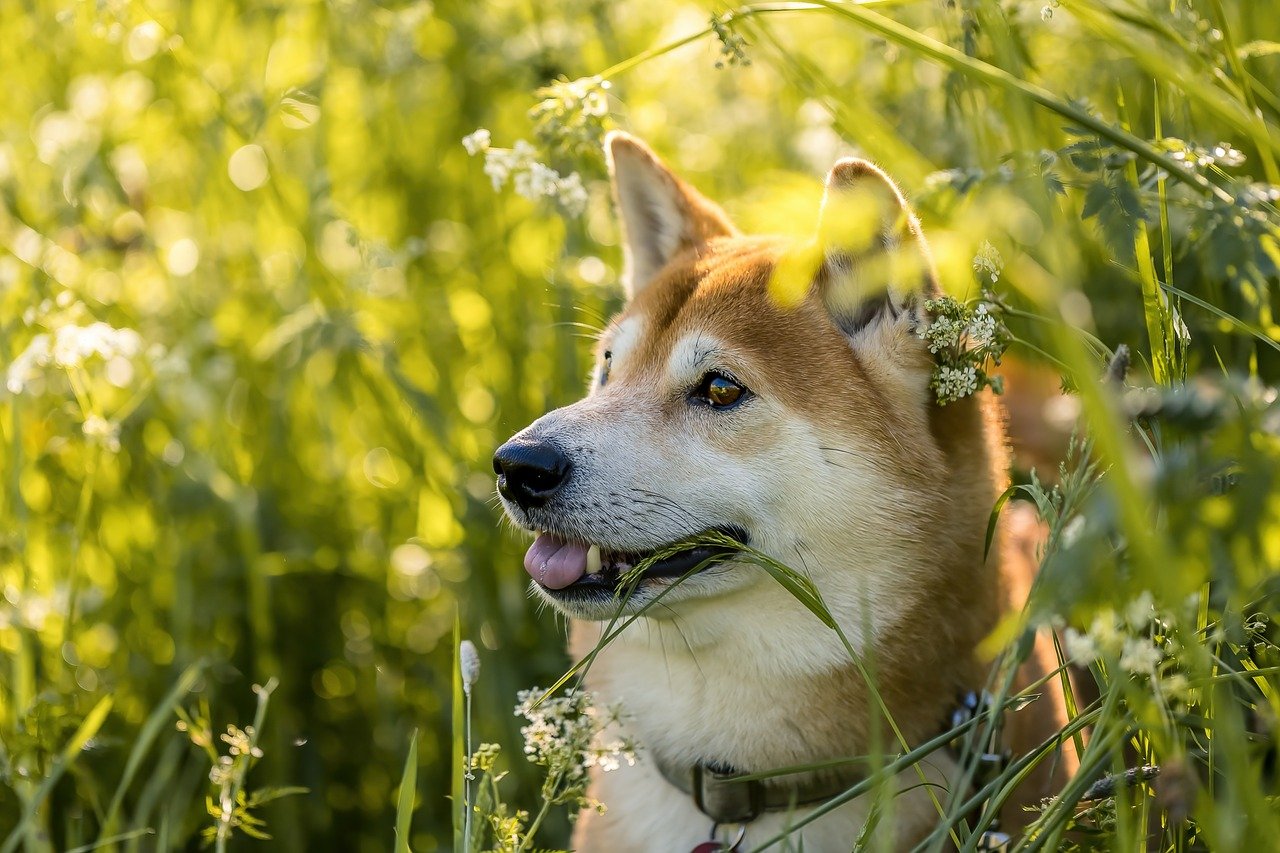
Shiba Inus are famous for their spirited personalities and iconic “Shiba scream.” This Japanese breed is clever, self-assured, and often more interested in their own agenda than yours. Their independence can be challenging for first-time dog owners, as they tend to test boundaries and resist commands. The key to bonding with a Shiba Inu is to earn their respect—never resort to force or anger. Use tasty treats, short training sessions, and plenty of praise. Incorporate play into your interactions; Shibas love to chase, hunt, and solve puzzles. Show them consistency, and they’ll slowly let you into their inner circle.
Chow Chow: The Loyal Loner
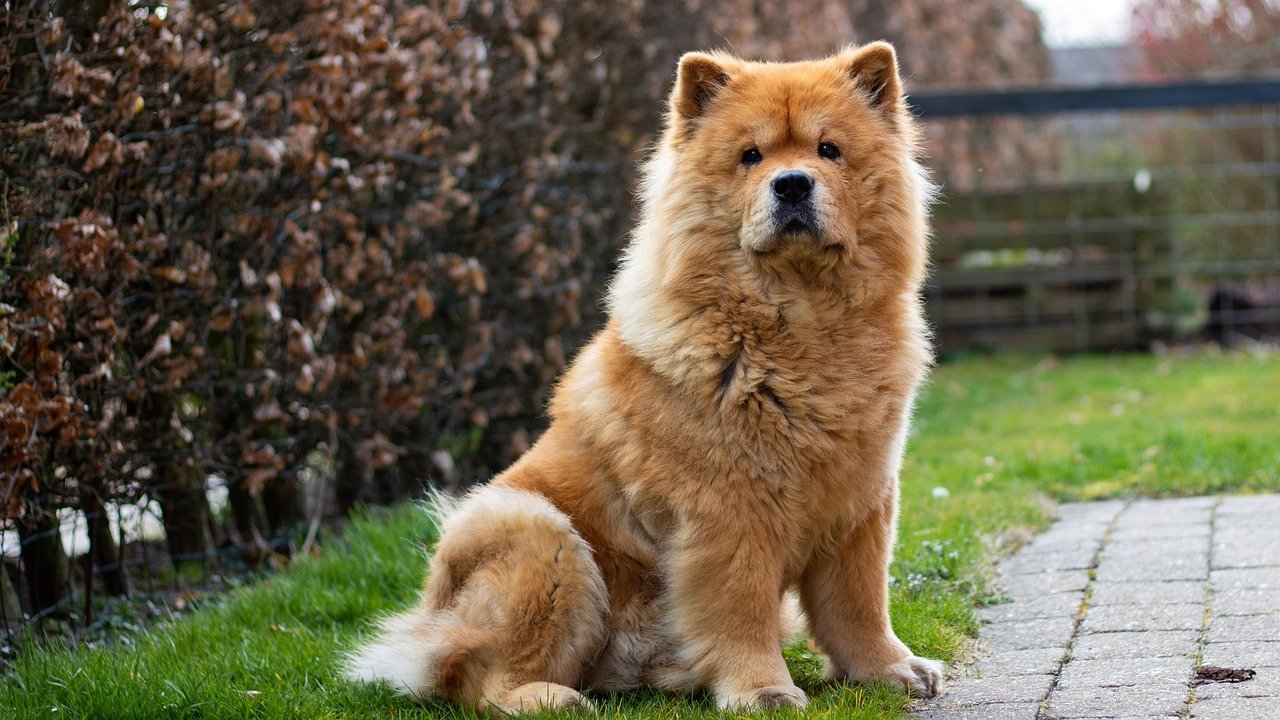
With their lion-like mane and dignified presence, Chow Chows are one of the most independent dog breeds you’ll encounter. They form deep bonds with their family but tend to be aloof with strangers. Chows like to make their own decisions, and their stubborn streak can frustrate even experienced trainers. Building a bond with a Chow Chow requires mutual respect. Use calm, assertive leadership and avoid overwhelming them with affection. Establish routines, introduce new people and situations gradually, and always offer a safe space for them to retreat to. Over time, their loyalty runs deep, but you’ll have to work for it.
Scottish Terrier: The Determined Digger
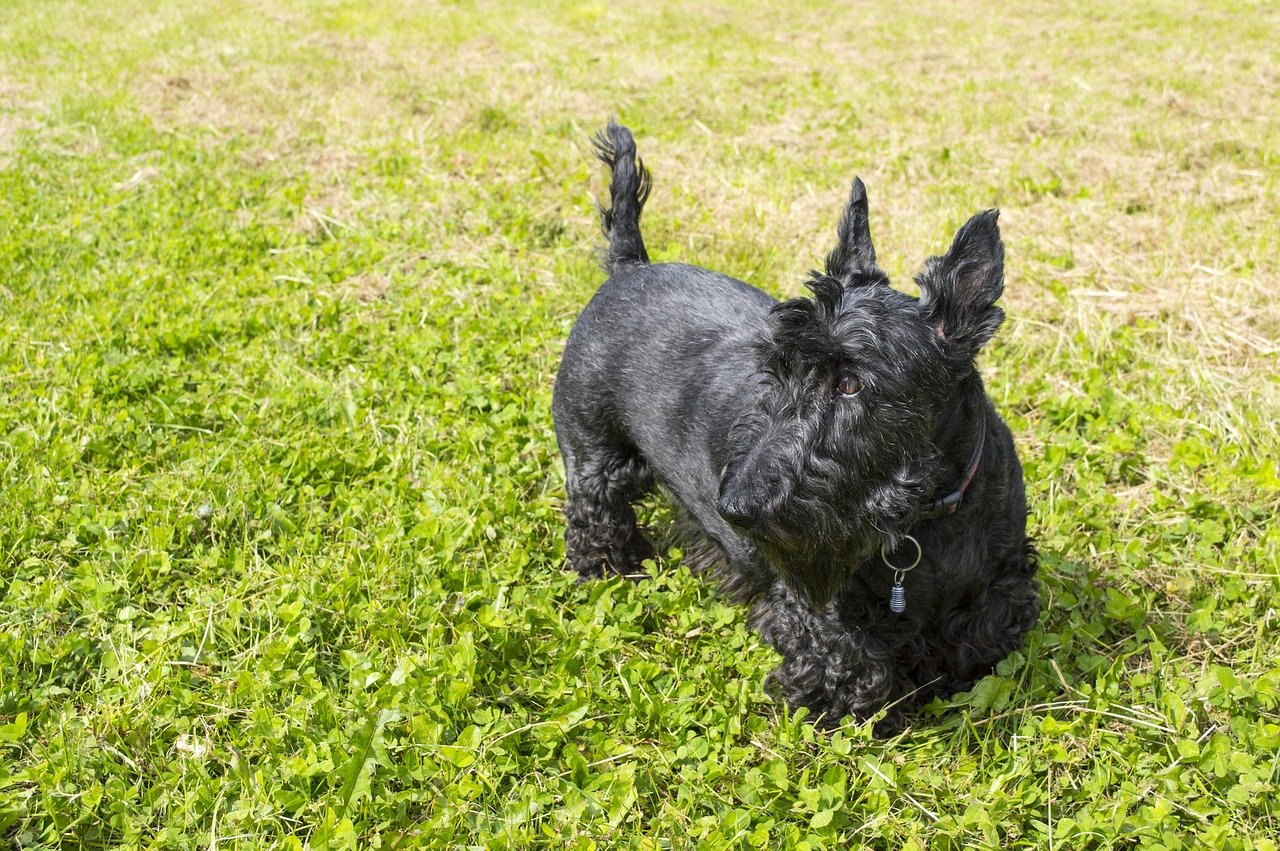
Scottish Terriers, or “Scotties,” are small but mighty. Bred for hunting vermin, they are bold, determined, and fiercely independent. Scotties have a strong sense of self and aren’t afraid to show it. They respond best to firm, consistent training with clear boundaries. To bond with a Scottie, engage them in activities that tap into their instincts—digging games, scent work, and short, energetic walks. They appreciate routine but can get bored easily, so keep things interesting. Scotties are loyal but not clingy, and respecting their space is key to a lasting friendship.
Akita: The Strong and Silent Type
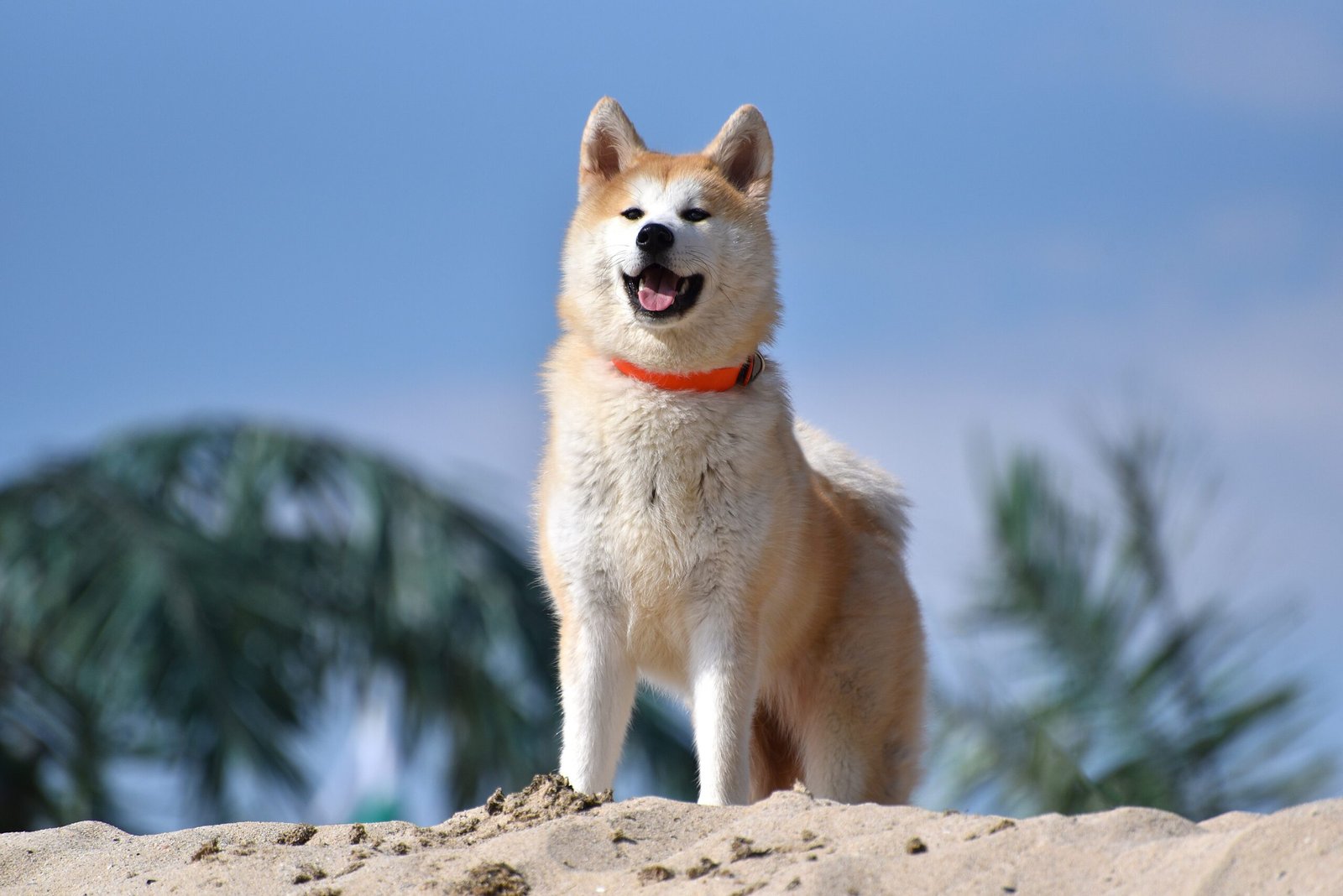
Akitas are powerful, dignified, and deeply loyal—but only to those they trust. This Japanese breed was originally used for guarding nobility and hunting large game. Akitas are naturally reserved with strangers and possess an independent streak that can make training a challenge. To earn an Akita’s trust, you must be confident, patient, and consistent. Use calm, positive reinforcement and avoid harsh corrections. Socialization from a young age is crucial. Akitas enjoy purposeful activities like obedience drills, scent work, and interactive play. Show respect for their boundaries, and they’ll reward you with unwavering devotion.
Borzoi: The Gentle Free Spirit
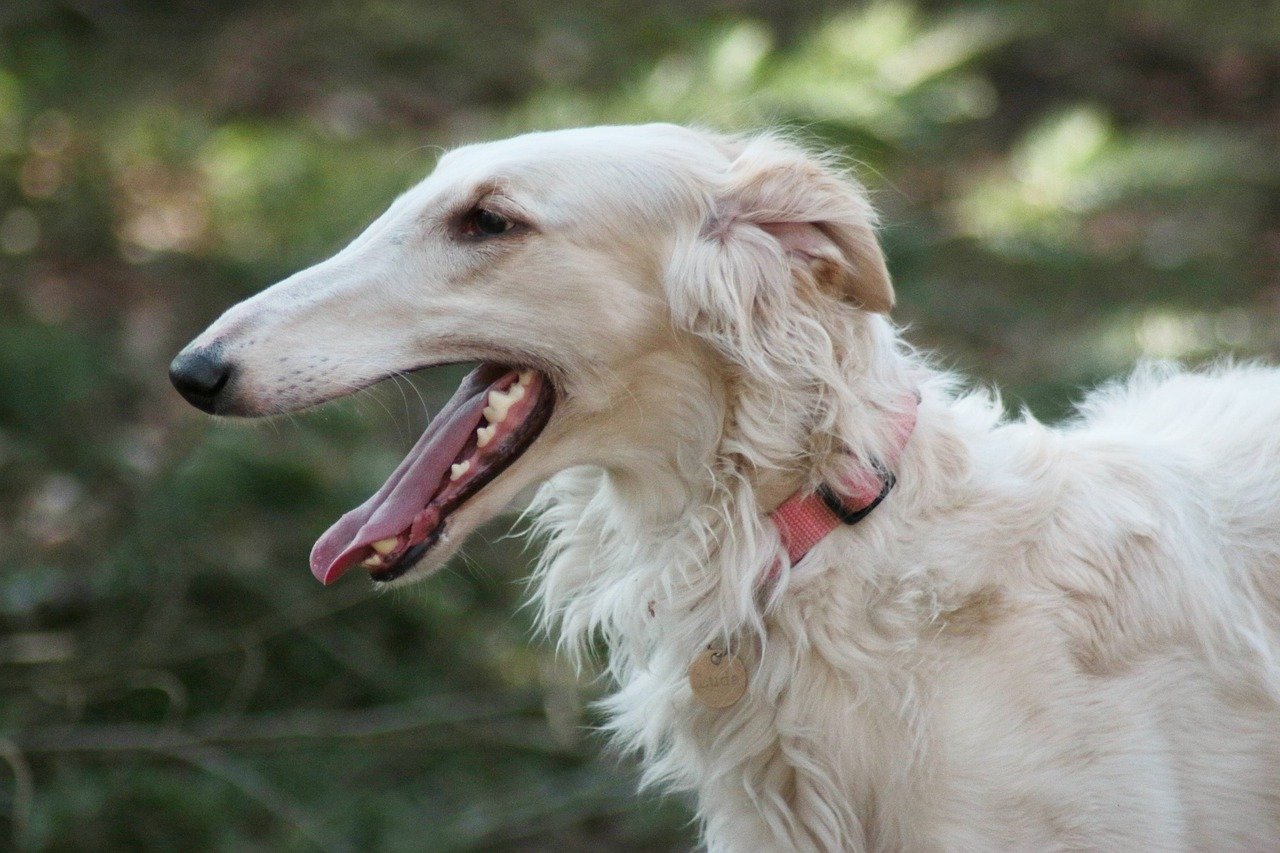
The Borzoi, or Russian Wolfhound, is as graceful as they are independent. These sighthounds were bred to chase game across vast Russian plains, making them both fast and free-spirited. Borzois enjoy companionship but dislike clinginess or constant commands. They need space to stretch their legs and minds. To connect with a Borzoi, offer gentle guidance and lots of quiet time together. Engage them in activities like lure coursing or long, serene walks. Avoid repetitive training; instead, make learning fun and intriguing. Borzois respond best when you respect their need for independence.
Alaskan Malamute: The Arctic Adventurer
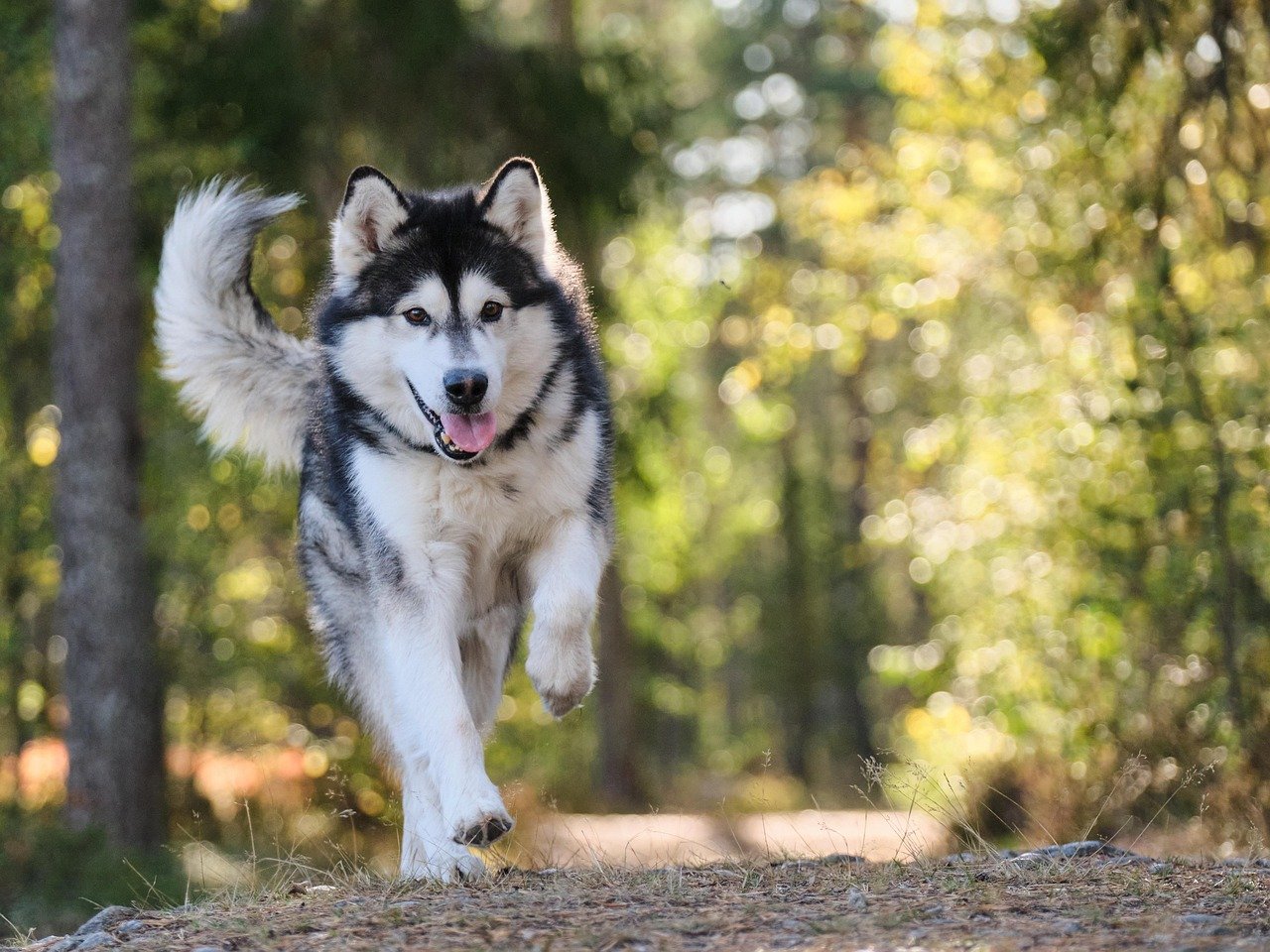
Alaskan Malamutes are built for endurance, strength, and self-sufficiency. These dogs once hauled heavy sleds across frozen tundra, working with humans but also thinking for themselves. Malamutes are affectionate with family but often prefer to make their own decisions. Bonding with a Malamute involves plenty of exercise, mentally stimulating games, and clear boundaries. They thrive on teamwork, so involve them in activities like hiking, pulling carts, or agility. Establish yourself as a fair leader, not a dictator, and always be patient—they’ll come around on their own terms.
Shar Pei: The Reserved Guardian
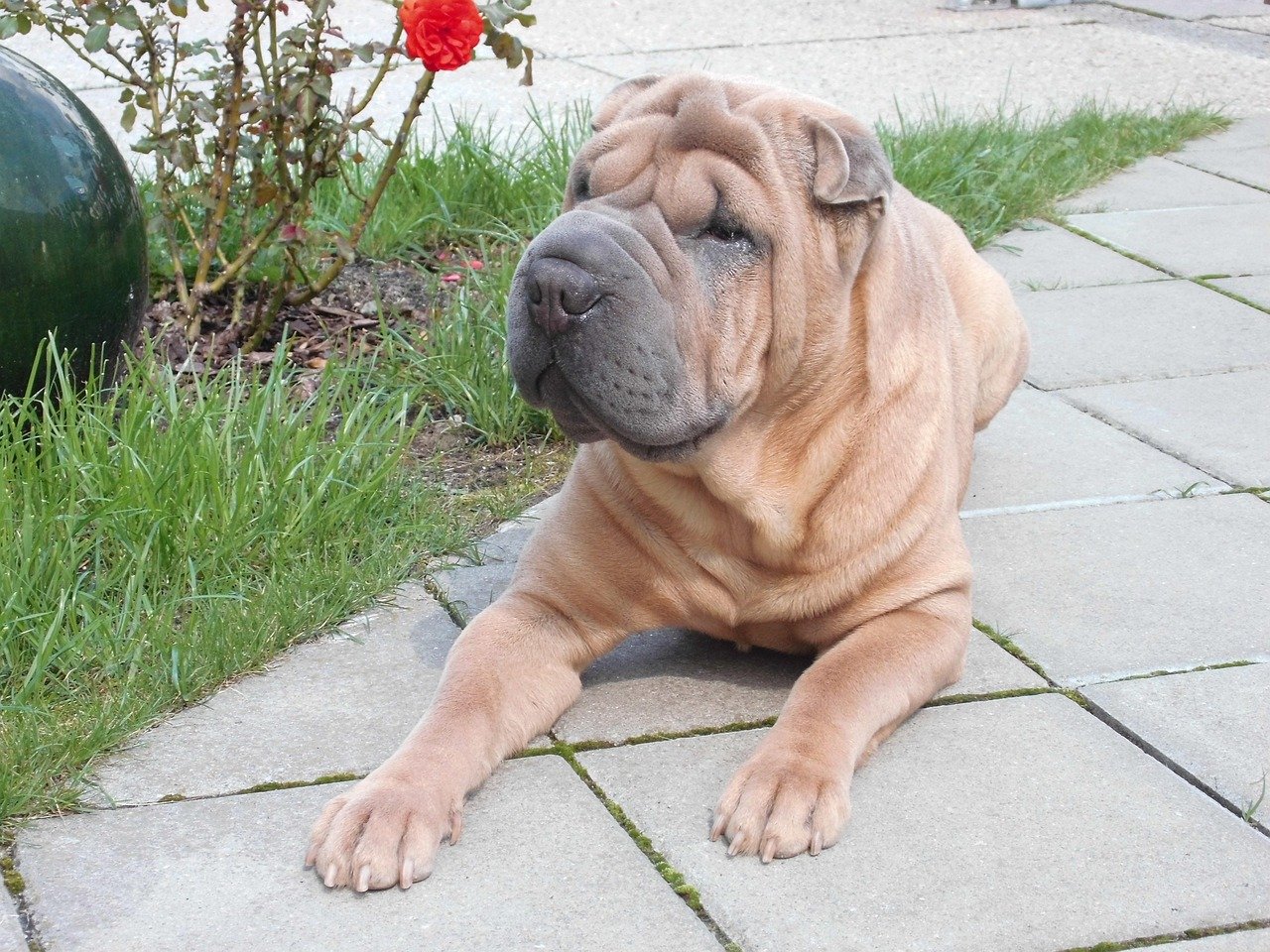
With their wrinkled faces and dignified air, Shar Peis are the epitome of quiet strength. This Chinese breed was developed for guarding and hunting, making them both independent and protective. Shar Peis are not overly affectionate and prefer calm, predictable routines. They can be wary of strangers and dislike chaos. To build trust, approach training with patience and positivity. Use short, engaging sessions and respect their need for personal space. Provide a stable environment, and your Shar Pei will reward you with steadfast loyalty.
Kerry Blue Terrier: The Spirited Individualist

Kerry Blue Terriers are known for their intelligence, determination, and independent thinking. Originally bred for hunting and herding, they love to explore and problem-solve. Kerry Blues can be stubborn, often questioning commands before deciding to obey. To bond with this breed, incorporate variety into your training sessions and use plenty of positive reinforcement. Give them jobs to do—agility, obedience, or even simple household tasks. Kerry Blues thrive on partnership, so be patient as you build mutual respect and understanding.
Tibetan Mastiff: The Watchful Protector
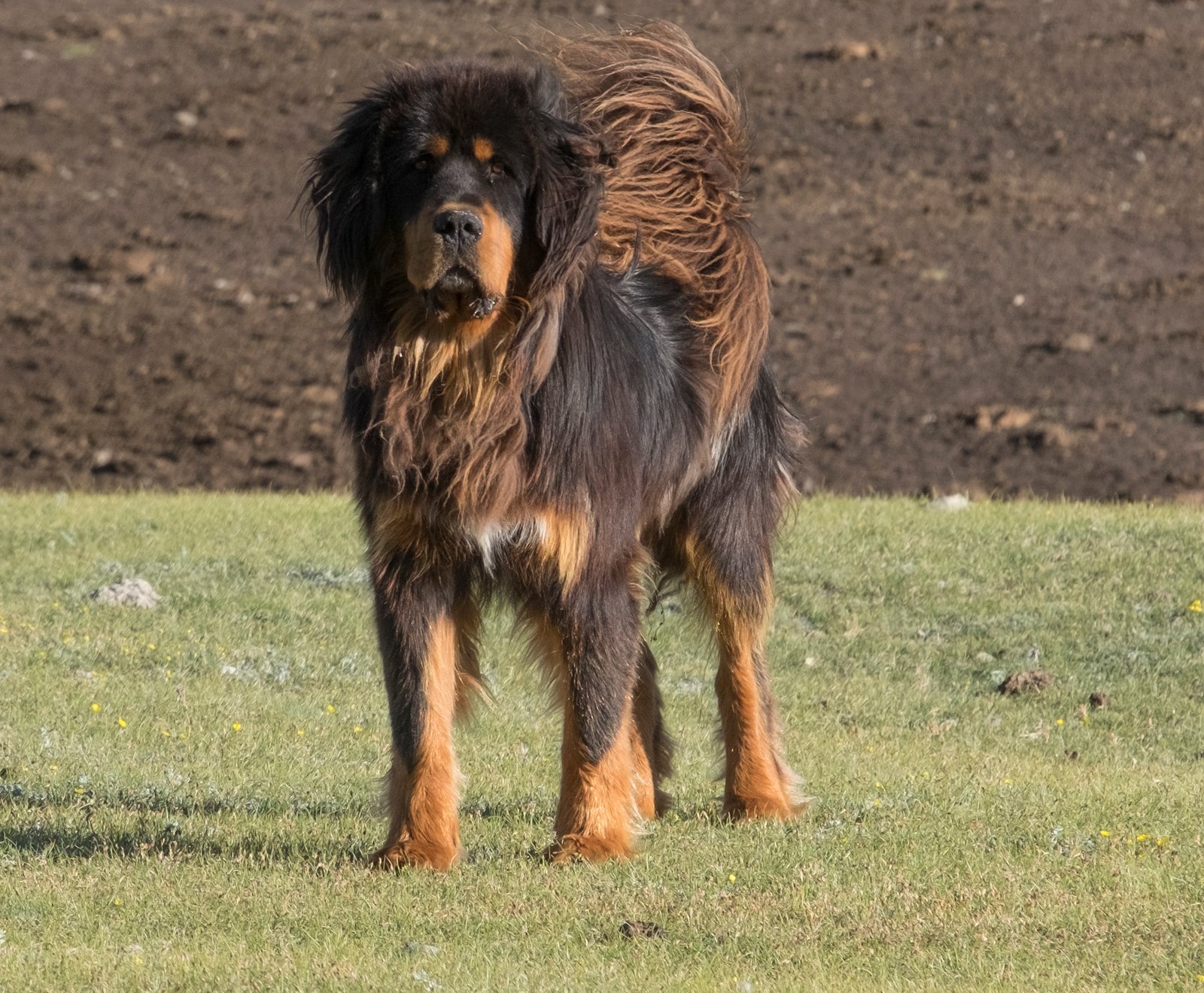
The Tibetan Mastiff is a giant, imposing breed with a gentle soul and a mind of its own. Bred to guard livestock in the Himalayas, these dogs are fiercely independent and extremely protective. Tibetan Mastiffs require a confident, experienced owner who understands their complex nature. To build a bond, start with early socialization and consistent, gentle training. Allow them space to observe and process new experiences. These dogs respond to calm leadership and clear boundaries, not force or intimidation. With time, they’ll become devoted family guardians.
Saluki: The Desert Wanderer

Salukis are one of the oldest dog breeds, revered for their beauty and independence. Bred to chase game across Middle Eastern deserts, Salukis are fast, graceful, and highly self-sufficient. They form close bonds with their families but dislike being smothered. To connect with a Saluki, provide regular opportunities for running and exploration. Use gentle, reward-based training and avoid harsh corrections. Salukis appreciate a quiet, respectful approach and will reward your patience with quiet affection.
Jack Russell Terrier: The Energetic Dynamo
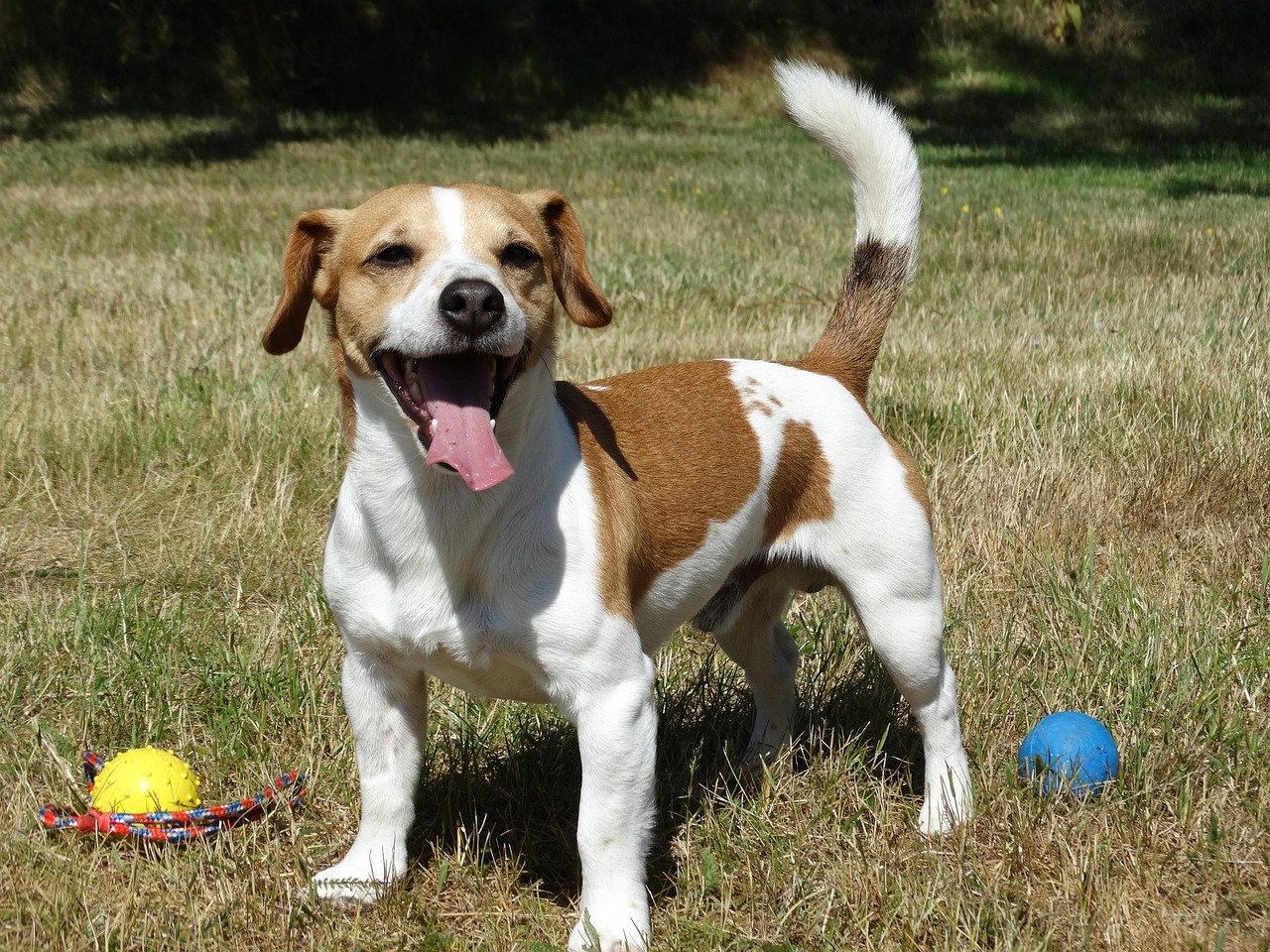
Don’t be fooled by their small size—Jack Russell Terriers are bundles of energy and willpower. Bred for fox hunting, they are lively, clever, and fiercely independent. Jack Russells thrive on activity and mental stimulation. To bond with them, offer plenty of interactive games, agility exercises, and short, stimulating training sessions. They enjoy problem-solving and love to dig, so channel their energy into constructive outlets. Be consistent but flexible, and always celebrate their successes.
Irish Wolfhound: The Gentle Giant
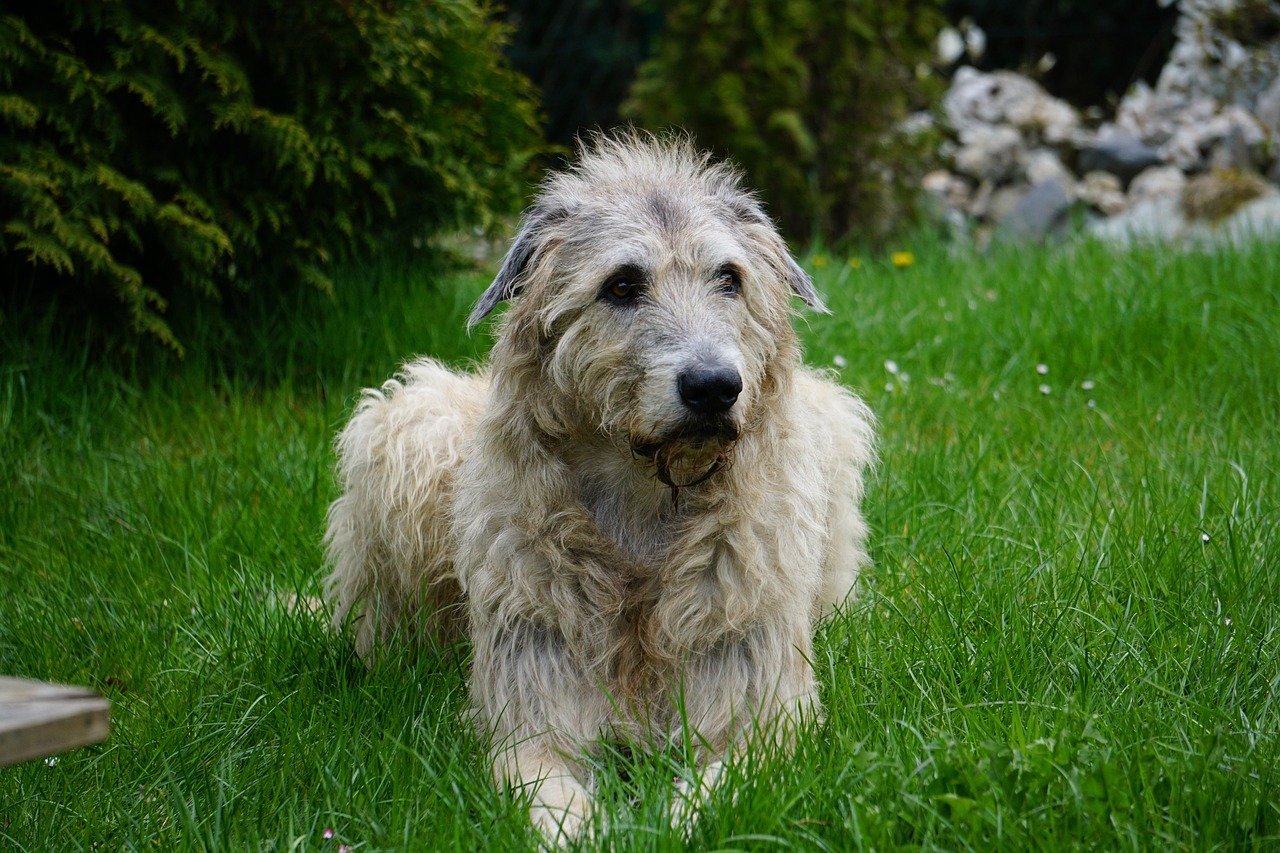
The Irish Wolfhound’s imposing stature hides a gentle, independent spirit. Originally bred to hunt wolves, these dogs are both courageous and self-reliant. Irish Wolfhounds are calm and reserved, rarely demanding attention. To build trust, offer quiet companionship and regular walks. Engage them in activities that allow them to stretch their legs and minds, such as scent games or relaxed hikes. Training should be positive and low-pressure. Over time, Irish Wolfhounds form deep, lasting bonds with those who respect their gentle independence.
Lhasa Apso: The Little Guardian
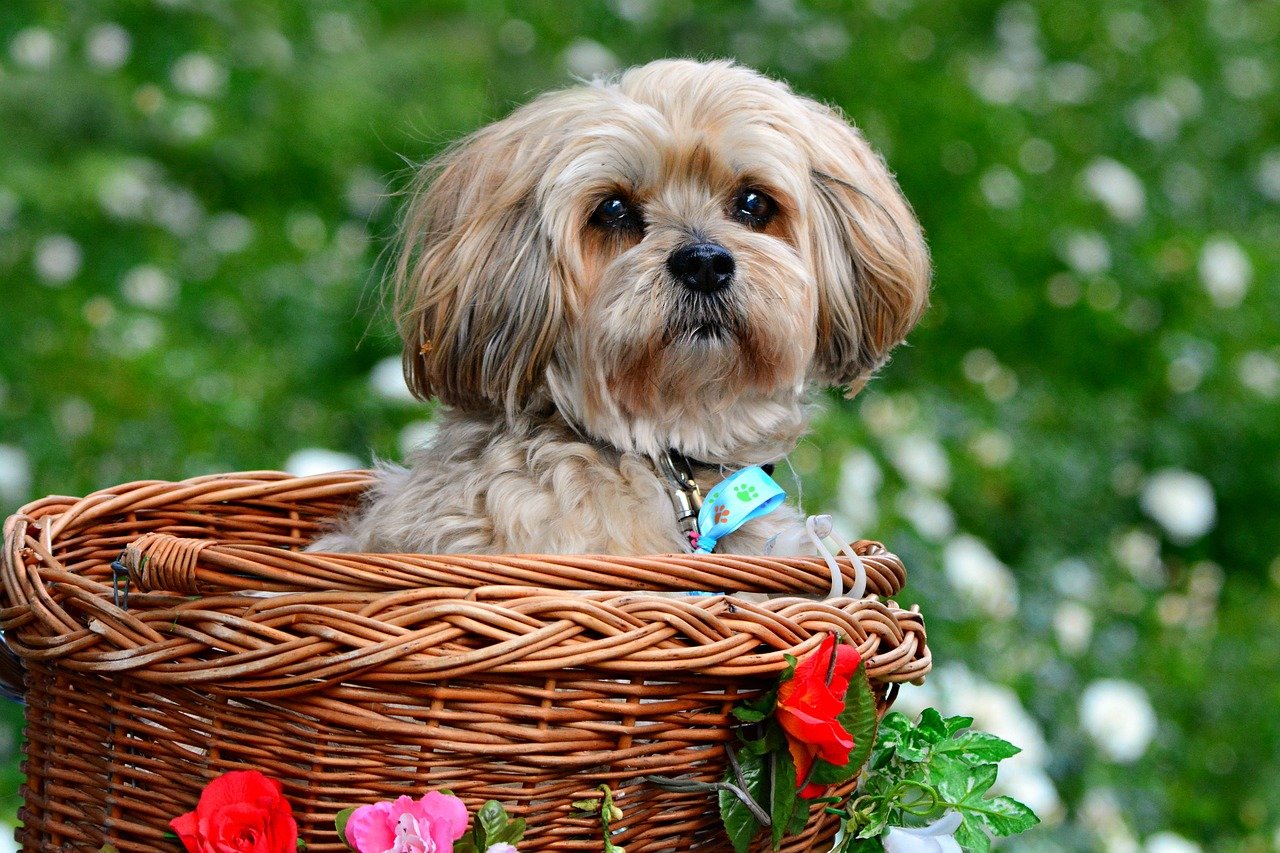
The Lhasa Apso may be small, but their personality is mighty. Developed as monastery watchdogs in Tibet, they are alert, independent, and sometimes stubborn. Lhasa Apsos are wary of strangers and need time to warm up to new experiences. To connect with this breed, establish a predictable routine and use gentle, consistent training methods. They appreciate quiet time and often seek out cozy spots for solitude. Offer patience and understanding, and your Lhasa Apso will become a loyal, loving companion.
Siberian Husky: The Free-Spirited Explorer
Siberian Huskies are famous for their boundless energy and strong-willed personalities. Bred to pull sleds across icy landscapes, they’re used to working as a team while still making their own decisions. Huskies are playful, clever, and often mischievous. To bond with a Husky, provide ample exercise, mental challenges, and opportunities for exploration. Use positive, reward-based training and keep sessions short and fun. Huskies value freedom, so avoid heavy-handed discipline. With patience and understanding, you’ll earn their trust and enthusiasm.
Independent dog breeds may not be as overtly affectionate or attention-seeking as others, but that doesn’t mean they don’t form deep, meaningful bonds with their humans. It simply takes a different kind of connection — one built on mutual respect, patience, and understanding. By meeting these dogs where they are and honoring their need for space and autonomy, you’ll earn something even more rewarding than constant cuddles: genuine trust and lifelong loyalty. With time and the right approach, even the most self-sufficient pup can become a devoted companion in their own unique way.

Esther is from India; the heartbeat of South Asia, holding a Master’s degree in Zoology and a postgraduate diploma in Animal Welfare. Her enthusiasm for animal welfare drives her passion and dedication to working for animals, ensuring their well-being, and advocating for their rights. With a solid academic background and hands-on experience, she is committed to making a positive impact in the field of animal welfare. In her free time, she enjoys embroidery and sewing. As a Chennaite from Tamil Nadu, Esther loves Bharathanatyam, an Indian classical dance form.

